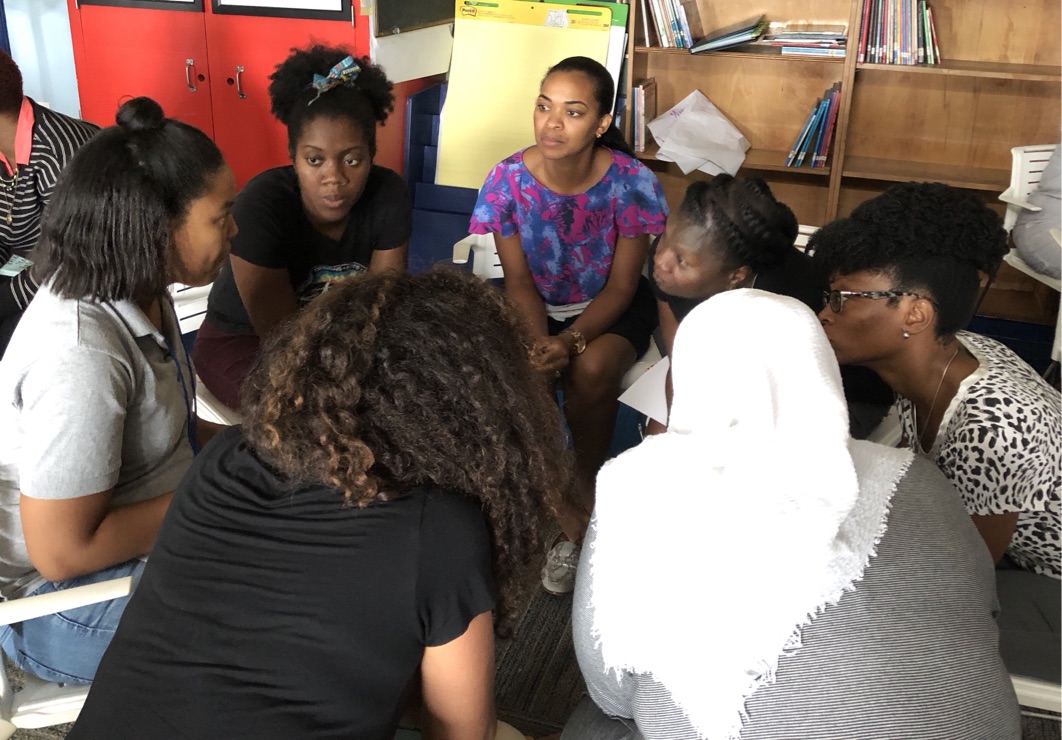
By Chief | iThink Media Ltd
Artificial Intelligence (AI) is no longer a concept reserved for futuristic movies — it’s here, and it’s already transforming classrooms around the world. From personalized learning apps to intelligent tutoring systems, AI is reshaping how students learn, how teachers teach, and how education systems operate.
What is AI in Education?
AI in education refers to the use of intelligent computer systems that can analyze data, adapt to individual learning styles, and automate tasks to enhance the learning experience. It includes:
Adaptive learning platforms
AI-powered chatbots for tutoring
Automated grading and feedback
Virtual teaching assistants
Data-driven insights for educators
Benefits of AI in the Classroom
1. Personalized Learning:
AI can tailor content to match each learner's pace, strengths, and weaknesses. This ensures that no student is left behind — or held back.
2. 24/7 Learning Support:
Chatbots and virtual tutors provide round-the-clock help, especially helpful for students in remote or underserved areas.
3. Automated Administrative Tasks:
Teachers can save time on marking and paperwork, allowing them to focus more on teaching and mentoring.
4. Early Intervention:
AI systems can detect when a student is struggling and alert the teacher to intervene early.
AI in Uganda and Africa
In Uganda and across Africa, AI has the power to bridge educational gaps. Platforms like Mest Africa, Ulesson, and local EdTech innovators are bringing intelligent learning tools to students’ phones. As smartphone and internet access grows, so does the opportunity to scale these innovations to rural and urban schools alike.
Challenges Facing AI Integration
While the potential is great, several hurdles still need attention:
- Access to reliable internet and electricity
- Lack of local content and language support
- Digital skills gap among educators
- High cost of AI infrastructure
The Future of Learning
Imagine a classroom where every learner has a personalized tutor, where lessons adjust in real-time, and where teachers are empowered with data to better guide students. That’s not science fiction — it’s the future AI is building.
But to realize this dream in Uganda and beyond, there must be investment in infrastructure, teacher training, and local content creation.
Conclusion
AI is not here to replace teachers — it’s here to empower them. When used responsibly, AI can unlock new learning experiences, especially for young learners in Africa. At iThink Media, we believe in exploring these new frontiers of education, because the future belongs to those who learn to learn smarter.
📚 Smarter Learning. Brighter Futures.
Richardson Kyeyune (Chief) - iThink Media Ltd








